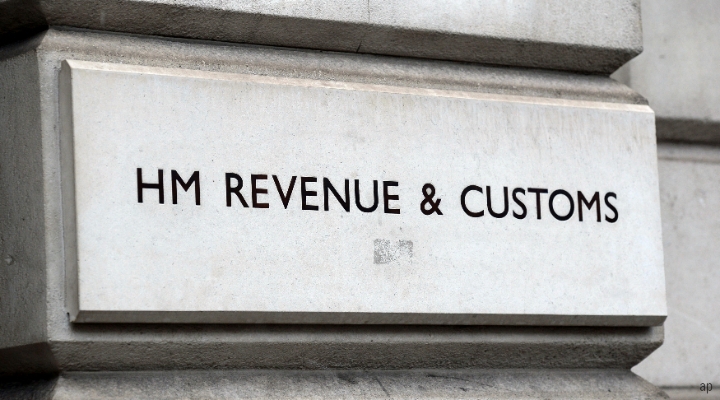The number of UK families paying inheritance tax has hit a 35-year high, as the rise in house prices push more people above the threshold. The IHT net has widened three-fold during the past six years. While no-one likes paying tax, greater inheritance bills means that more people are receiving a lump sum and need to decide how to invest it. How should investors approach an inheritance tax windfall?
The problem with most lump sums inheritances is that they come unexpectedly, may be in illiquid assets and are unlikely to fit neatly into an investors’ long-term financial planning. Lump sum investing is tricky in itself; investing a lot of money all in one go leaves investors vulnerable to swings in market valuations – they may get lucky and invest when share prices are low, but equally, they may be investing at the top of the market.
What to Consider Before Lump-sum Investing
Gavin Haynes, investment director at wealth management group Whitechurch Securities, says investors need to consider three things: the objectives for the money, the risk they are prepared to take and the amount of time over which the money is to be invested. He says: “Inheritance often comes as a windfall and sits outside an investor’s normal financial planning. People have to decide where the investment is going to fit in.”
Deciding on the objectives for any inheritance will be vital for determining the investment strategy: Is the investor going to use it to supplement income, possibly enabling them to retrain or take a career break? Will they keep if for their children, in which case they would prioritise long-term capital growth? Or do they have a shorter-term goal for the money, such as a holiday or new car?
This will feed into an investor’s time horizon. Peter Lowman, chief investment officer at Investment Quorum, says: “If someone says they have 10-20 years over which to invest, that helps a lot. Twelve months is a little more difficult. Risk appetite ties up with an investor’s time horizon.”
Consider Your Risk Appetite, or Risk Losses
The final part of the jigsaw is an investor’s natural attitude to risk. While their circumstances might suggest a certain level of risk tolerance, if the market volatility seen since the start of the year makes them uncomfortable, they may be better off holding a lower weighting in riskier assets such as equities or high yield bonds.
The combination of these three factors will provide an insight into how much equity risk an investor can take. Haynes says that Whitechurch’s most cautious portfolios will tend to have only a 20-30% weighting in equities. Only those with a five-year or longer time horizon, or who can tolerate swings in the value of their inheritance, should have a material weighting in the stock market.
Do You Need an Income from Your Investment?
An income requirement adds another potential wrinkle: “We would also look at an investor’s requirement for income,” says Lowman. “It may be that they don’t need income immediately, but in a year’s time. Income deliver is tricky in this environment. Pre-Lehmans crisis, investors might have been able to get 5-6% on deposit, with no real risk. But low interest rates and quantitative easing have reduced income produced from investments to almost nothing.”
Lowman believes that investors still need to look to stock markets for income rather than bonds or cash, where rates are still at historic lows. Funds in the UK or Global Equity income sectors should be a starting point. Companies are talking about cutting dividends and dividend cover is lower, so investors need to select their manager with care and resign themselves to 3-4% income with a higher risk to capital.
What About Property?
Buy-to-let may factor as an option for many investors, drawn by the lure of rising house prices and a steady income. However, recent changes in stamp duty have made it more expensive to hold buy-to-let property and the difficulty of buying and selling make it a awkward choice for those looking to pay school fees or similar. The chief executive of Hargreaves Lansdown, Ian Gorham, recently pointed out that the cost of maintaining a £100,000 buy-to-let property could be around 10 times that of a share portfolio.
For those who choose to invest their lump sum in the stock market, they will need to be aware of market movements. Haynes says: “This is a particular consideration when markets are so volatile. No-one wants to invest the whole of a nest-egg and then see it fall by 10%, as has happened since the start of this year. Drip-feeding money into the market is an option.”
That said, he cautions against trying to time the market: “Investors shouldn’t be obsessed with the short-term. We have found very few professional investors who are good at timing the market. Drip-feeding money into the market can be positive or negative, but it should be in line with an investor’s long term investment strategy”.





























